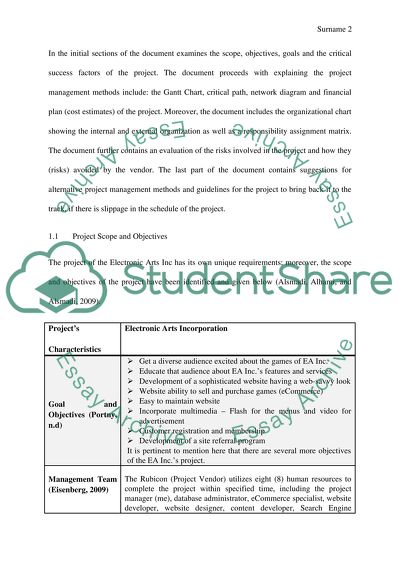Cite this document
(“Project management Essay Example | Topics and Well Written Essays - 3750 words”, n.d.)
Project management Essay Example | Topics and Well Written Essays - 3750 words. Retrieved from https://studentshare.org/miscellaneous/1641435-project-management
Project management Essay Example | Topics and Well Written Essays - 3750 words. Retrieved from https://studentshare.org/miscellaneous/1641435-project-management
(Project Management Essay Example | Topics and Well Written Essays - 3750 Words)
Project Management Essay Example | Topics and Well Written Essays - 3750 Words. https://studentshare.org/miscellaneous/1641435-project-management.
Project Management Essay Example | Topics and Well Written Essays - 3750 Words. https://studentshare.org/miscellaneous/1641435-project-management.
“Project Management Essay Example | Topics and Well Written Essays - 3750 Words”, n.d. https://studentshare.org/miscellaneous/1641435-project-management.


